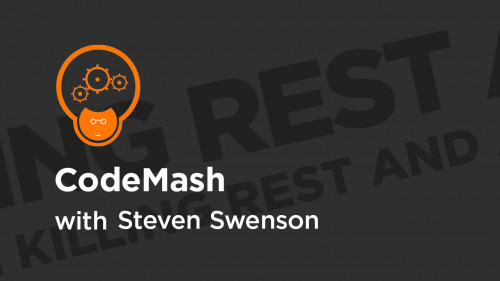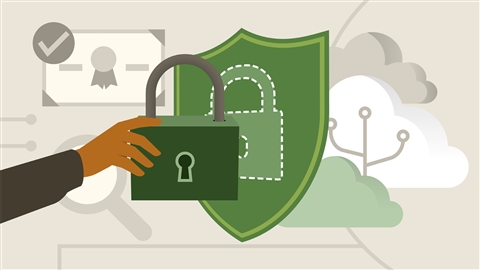
Pluralsight – Quickly Codelessly Connect Any Application To Any Rest API-NOLEDGE
English | Size: 78.13 MB
Category: Tutorial
Notes: Big Data LDN 2019 | Quickly Codelessly Connect Any Application to Any REST API | James Goodfellow In today’s digital business landscape data is fragmented and scattered across various systems. Pulling all this data together is a significant challenge, and with businesses constantly implementing new data sources, integration complexities just keep multiplying. In this presentation, James Goodfellow explores a new approach to data access that seamlessly connects and integrates with REST APIs without coding. The results include more productive developers and easy and fast access to the data that you need to find insights and drive value



